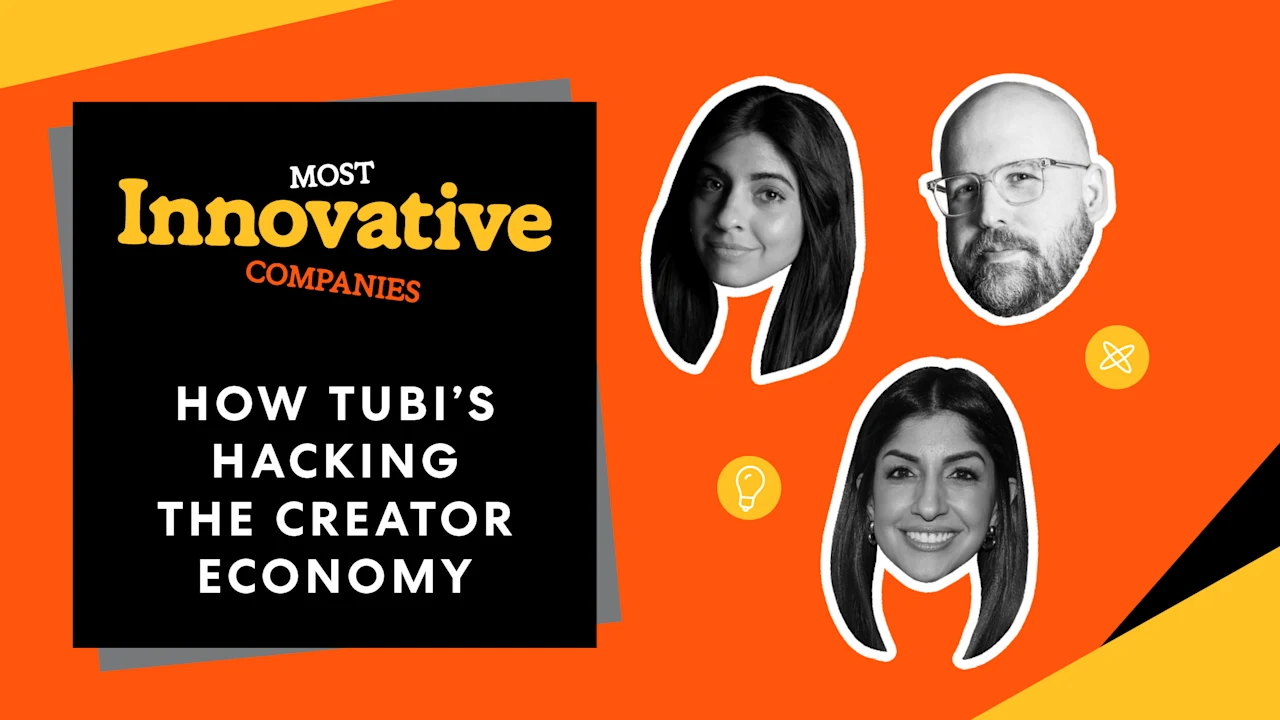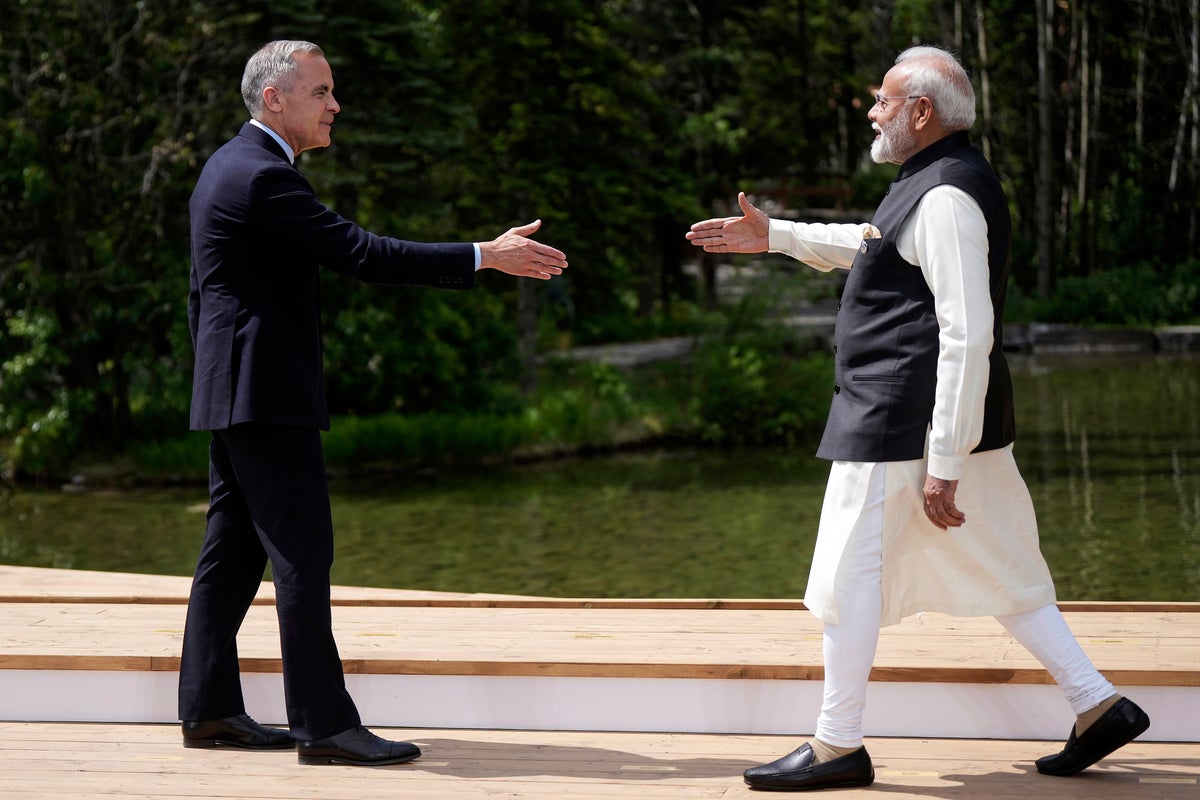Want more breakthrough ideas? Build better team rituals

It’s Monday morning. You open your calendar to find the all-too-typical back-to-back block of meetings. It’s draining and there’s nothing to do but play the game of Tetris to see when you’ll squeeze in time to imagine and create. Maybe you can do it during the five-minute walk to the sixth meeting of the day or the ride home if your brain isn’t completely fried.
With so much focus on the “just get it done” mindset, we have no time or space to challenge good ideas and make them great. Does this sound familiar?
Working with team leaders across industries and backgrounds, I’ve found that while businesses differ, they share the same innovation roadblocks and end up in the same tired rituals that inspire a “just get it done” attitude. The problem isn’t just meetings, though, it’s simply ineffective processes.
So how do you fix it? By building better rituals that don’t drain your team’s creativity and spark innovation. Here are three rituals to start with.
- Focus on collaboration instead of competition: We’ve all been in rooms and Zooms where professionals are grandstanding. When presenting becomes more of a performance, you’ve lost the plot. Instead of performance, I push my teams at West Monroe to take an “even better if” or a “yes, and” mindset, based on the belief that every idea can be made better. BUT it requires everyone to step back and understand the bigger picture, push each other out of their comfort zone, and assume positive intent—always. Real leaders make everyone around them better and, sometimes, that can mean moving beyond the occasionally uninspired work initially submitted to tick off a “to-do” box.
- Instead of overloading the agenda, focus on a few items: We have all joined calls that start with “We have a packed agenda today, so we probably won’t get through everything.” Timeout, do not pass go! This is a setup for failure. Agendas are good, but if you don’t have time for meaningful dialogue or discussion, it’s unlikely a new idea will emerge. Set aside a few minutes before your meeting to go through each point on your agenda and be honest with yourself about how much time will likely be spent ticking through formal items and stifling group discussion.
- Don’t meet, send out status updates: That teamwide status report? It should be an email. Time together is precious and should be used to discuss, debate, and decide AFTER a status report has been sent and read by everyone involved.
Make space for human connection
So, what to do? I know from firsthand experience that leaders can optimize existing rituals while creating new ones authentic to their teams.
I’m a big believer in traditions, personally and professionally! Traditions like these allow for the necessary space to recognize the growth and success—big and small—that tend to go unnoticed when we’re wrapped up in our daily work lives. If you don’t intentionally create that space, you’ll never truly appreciate how far you and your teams have come. This applies both professionally and personally. I take my kids to the mountains every year to remind them not only of how small we all truly are, but also how deeply interconnected we—and the choices we make—are with our larger surroundings. Similarly, I bring my team and their families together for holiday parties or summer outings, to reconnect, recharge, and remember what matters most: We are all humans first.
When people know and relate to each other as humans with fundamental commonalities, collaboration gains deeper meaning. And, frankly, it becomes more enjoyable.
Having a place where you aren’t operating from fear also encourages the most important part of team dynamics: full-group participation. “Participation is required” was advice I also got early on in my career. While it felt overwhelming early in my career, I learned two things.
First, if people feel safe and comfortable, they come with their best ideas. This applies to every team member, from the most junior to the most senior.
Second, there’s nothing to gain from silence, and everyone’s perspective is unique and valuable. In fact, it’s often colleagues who are least “in the weeds” on a project who provide important input missed by ones who are closer to it.
Culture isn’t top-down
Leaders shouldn’t single-handedly create (or worse, dictate) a company culture—we need to create space for positive culture to develop and thrive.
We celebrate big wins at West Monroe, but I’ve found the small moments often matter just as much, or even more. A champagne toast after a big brand launch. Flowers before a colleague returns from maternity leave. A quick note to recognize something personal. These gestures may seem simple, but they stick with people. They often mean more than a fancy dinner because they show we see the whole person, not just the work they do.
Create rituals that will last, today
This week, identify one ineffective ritual and replace it. Maybe it’s turning a status meeting into a problem-solving session or maybe it’s creating space for cross-team collaboration where ideas can collide. Format matters less than intent.
Don’t wait for permission to disrupt the status quo. The most innovative companies I’ve worked with didn’t get there by following yesterday’s playbook. They created environments where people feel safe to contribute, challenge, and build on each other’s thinking.
When teams feel safe to speak up and authentically connect, they don’t just solve today’s problems. Instead, they create tomorrow’s breakthrough opportunities. That’s not just a nicety. It’s how you win and empower your team members to do the same.
Casey Foss is chief commercial officer at West Monroe.
What's Your Reaction?
 Like
0
Like
0
 Dislike
0
Dislike
0
 Love
0
Love
0
 Funny
0
Funny
0
 Angry
0
Angry
0
 Sad
0
Sad
0
 Wow
0
Wow
0































































































